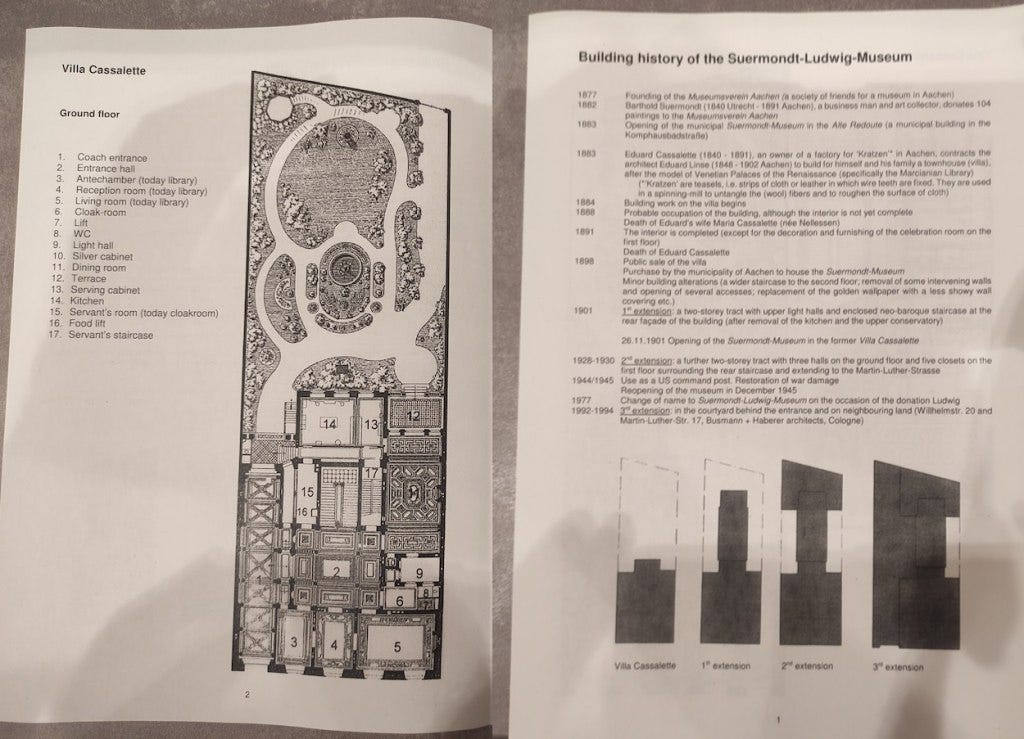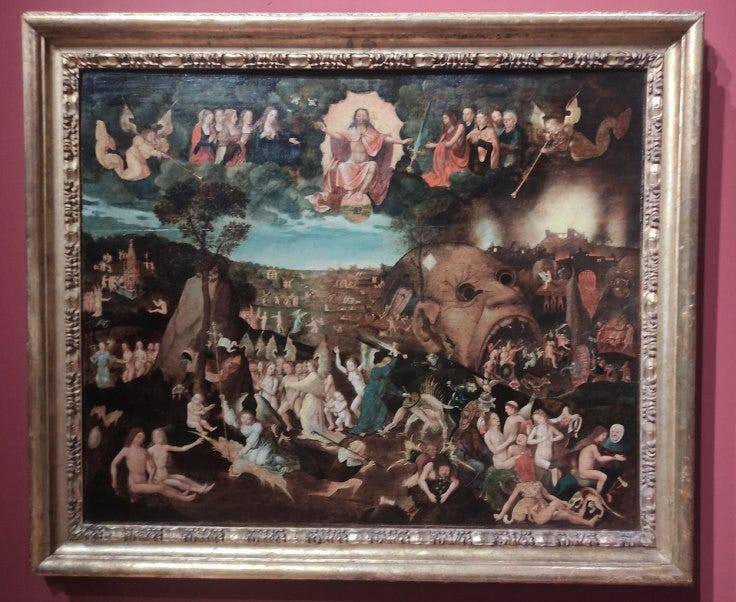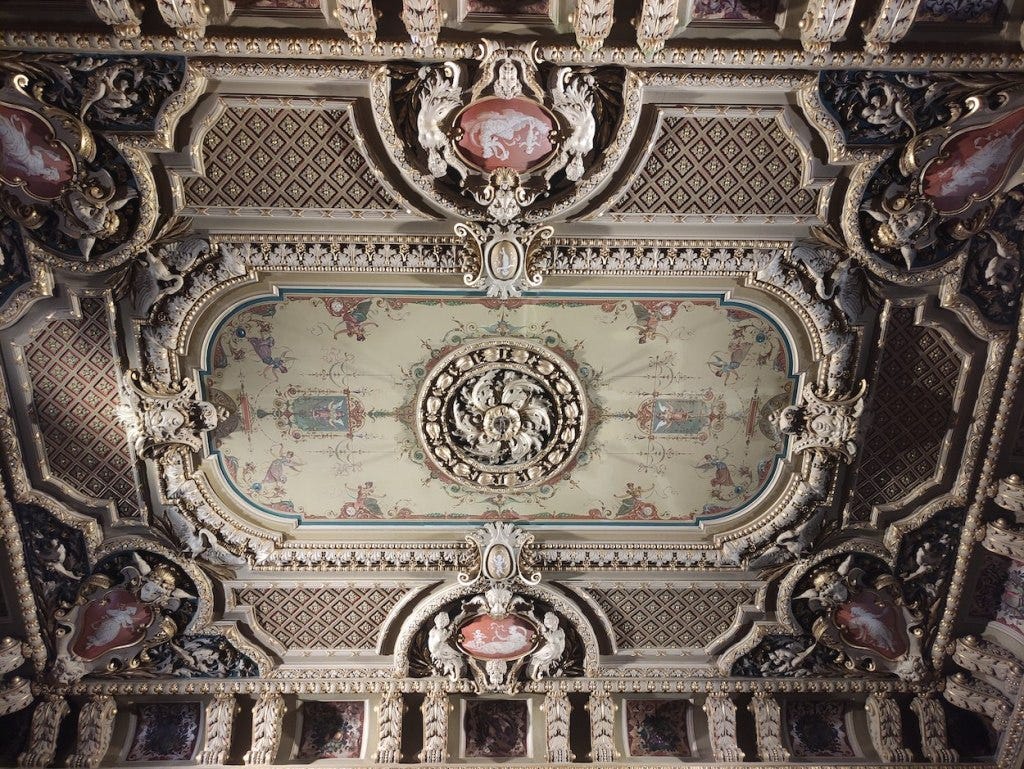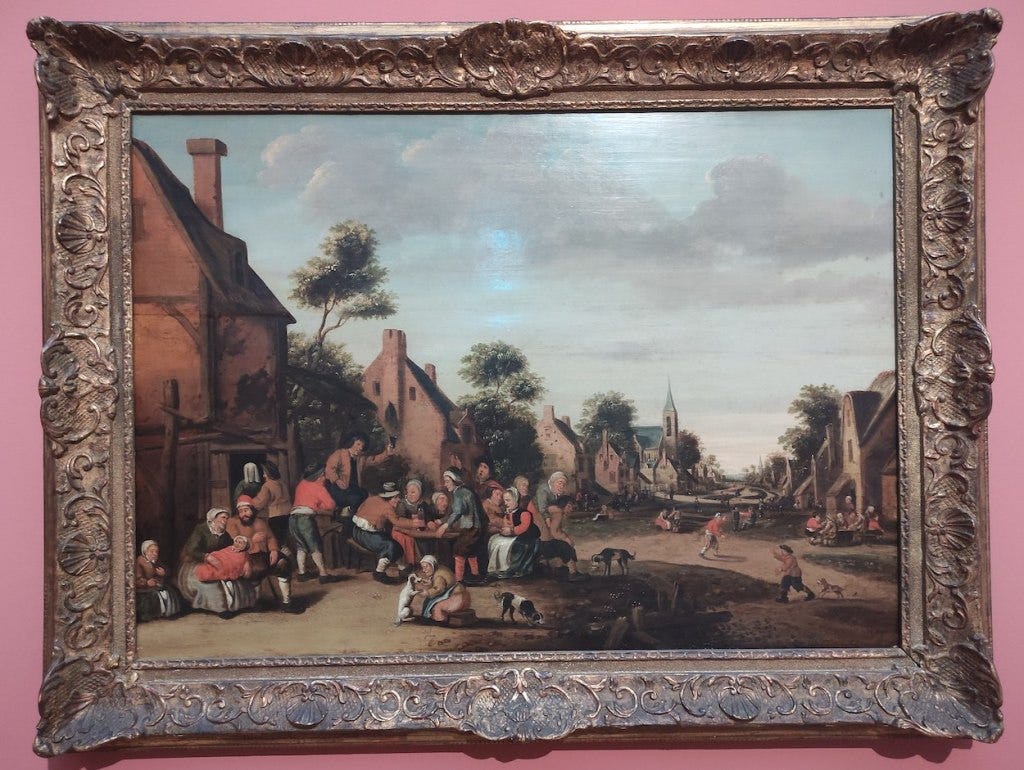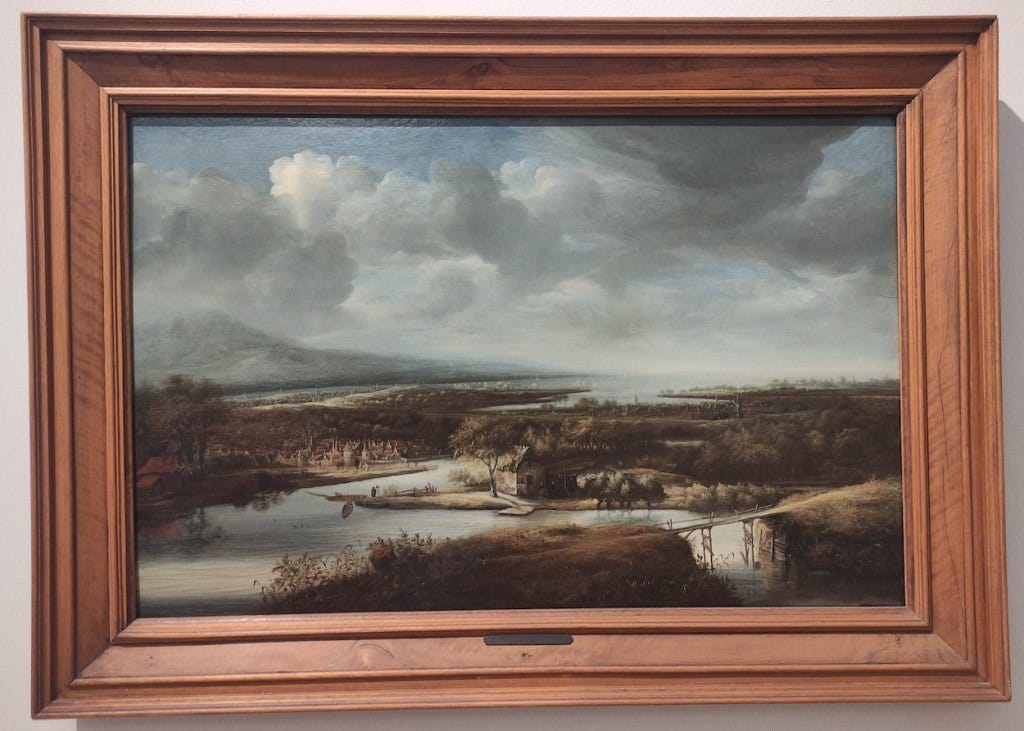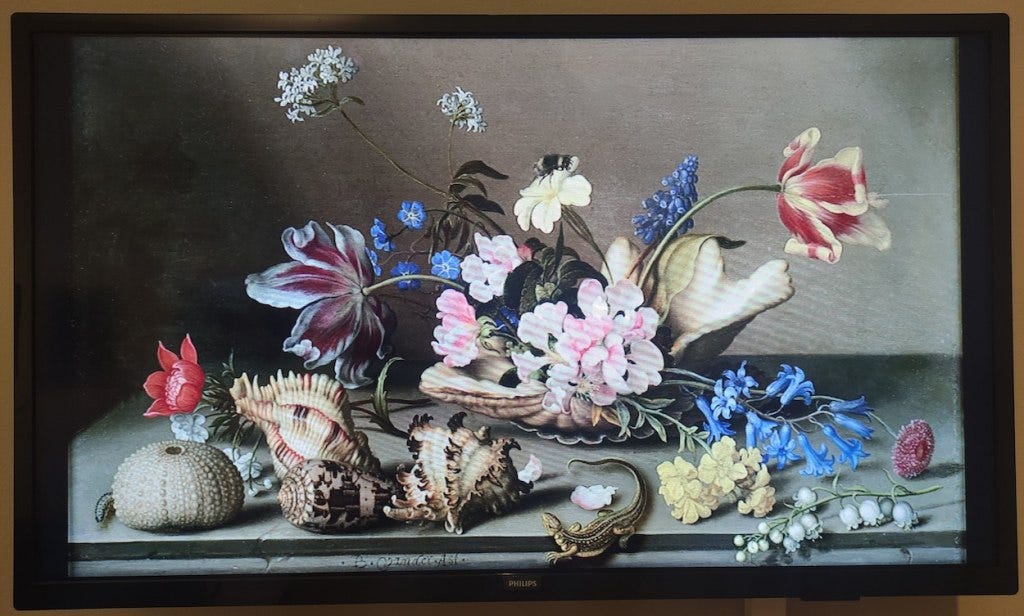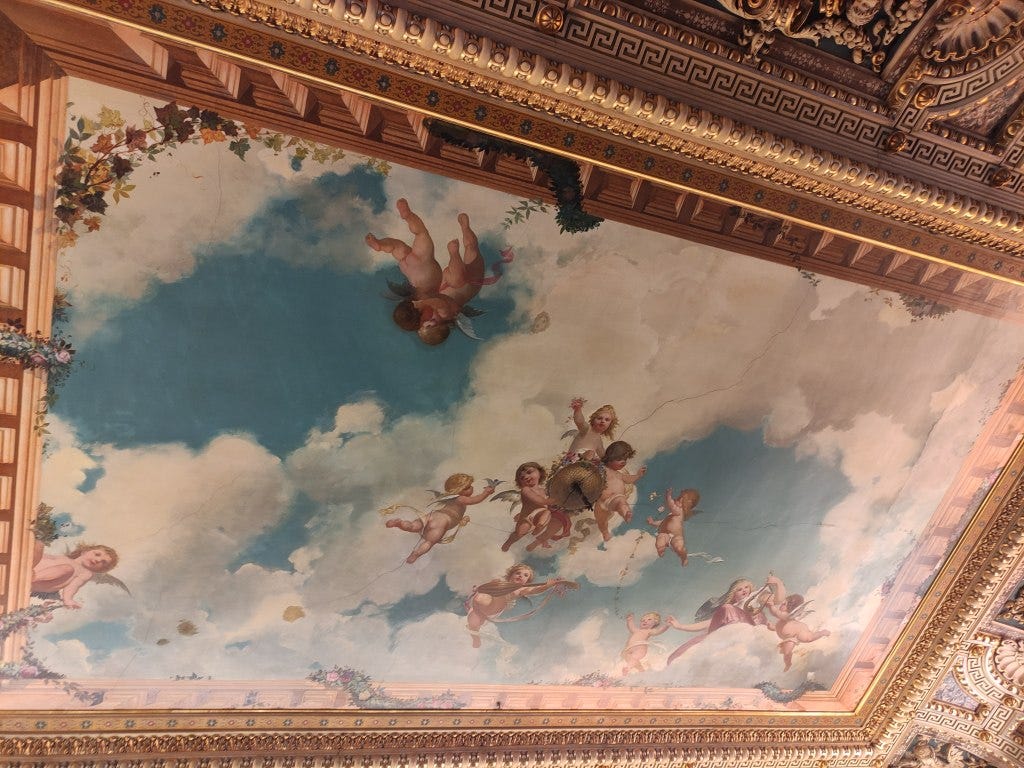Suermont-Ludwig Museum, Aachen
The Suermont-Ludwig Museum in Aachen is housed in an 1800s mansion, which has been extended over the years such that it now covers the whole of its lot, where once there were gardens at the back. It's a gem of a museum, containing art and some curiosities from Aachen collectors, that's well worth a couple of hours to visit. There's a lot of religious art and if that doesn't interest you, you can easily knock an hour off. It is closed on Mondays.
Entrance is normally €6, €3 for concessions, but I went on a Thursday and had free entry. I hadn't seen mention of that on their website, so it may not be every Thursday. I think the guard said something about all museums being free, so if you can find out which day it happens on, that would be a good day to make a museum day of it. There is a very reasonably priced 6-museum card for €14, though.
The entrance and cloakroom are on the ground floor, along with a small but well-stocked library - worth a look for the ceiling alone, but the quiet makes it a place not to stay unless you want to read in peace. Up the staircase for the sprawling galleries. Only the first floor was in use when I went, but there looks to be extra space on the second floor for more exhibits - perhaps only on paid days.
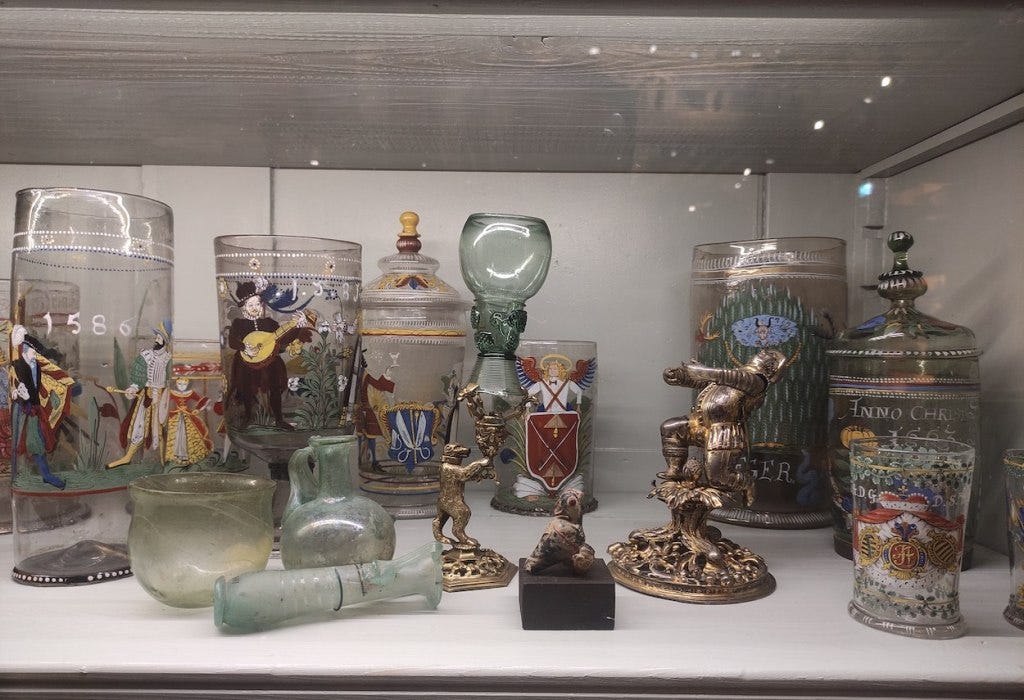
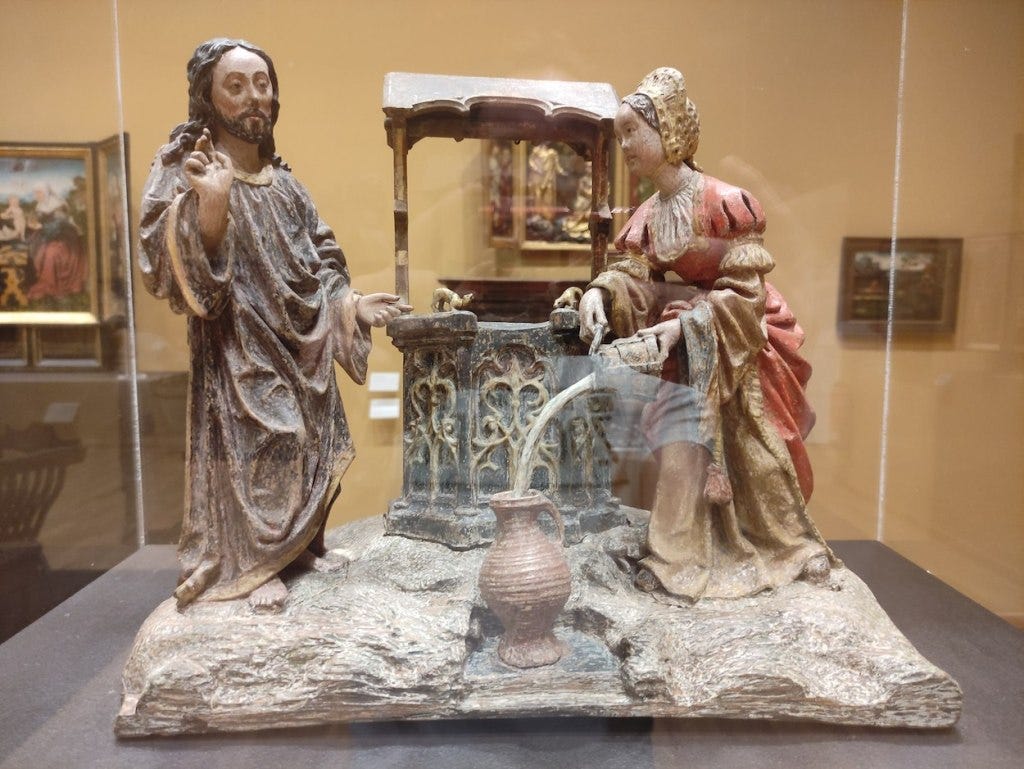

Exhibits are grouped first by their century - largely 15-1600 and 16-17 - and then thematically. There is a large selection of Dutch paintings.
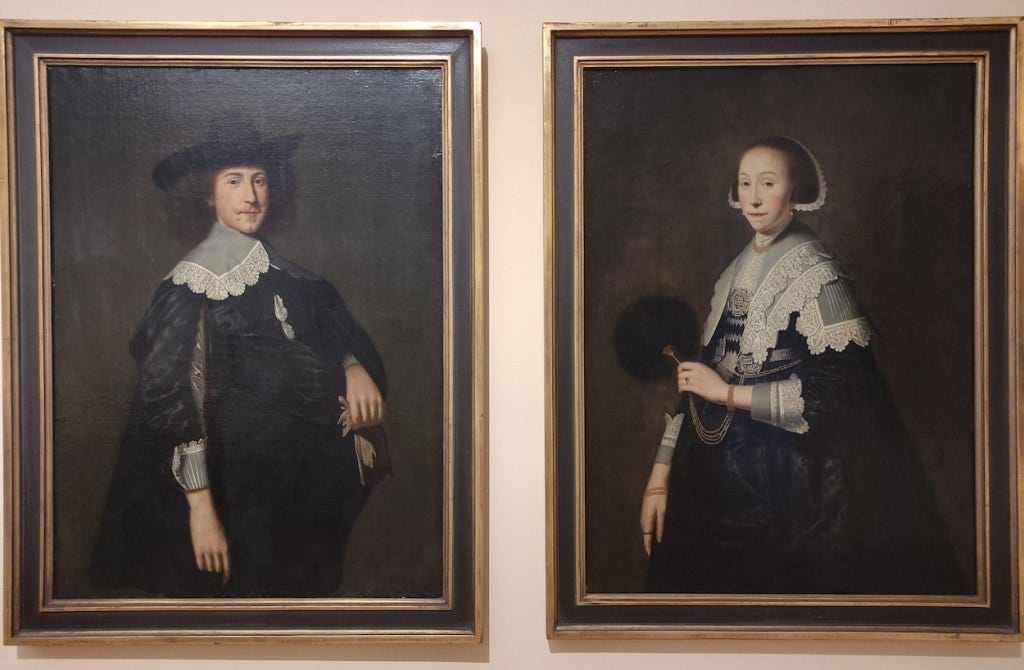
The painting below is displayed on a screen, so the animation can be shown. The painting has been simply (in effect, probably not in practice) such that the bee that sits on the flower at top flies away, a dragonfly flies in to sit on the blue flower and so on. I found it mesmerising, and it brought the painting to life in a very interesting way.
There is free wifi in much of the museum, which is useful for looking up occasional latin phrases (perhaps I should have known that Ecce Homo means a representation of a scourged Jesus, bound and crowned with thorns. Equally, I would have ignored one, but by the time I was on the third, I had to check). I looked up the Parable of the Workers in the Vineyard, which is referred to in the painting below. Workers recruited early were offered a denarius for their full day's work, which was a very generous offer. Through the day, more people were recruited, not offered a set amount but told it would be fair. At the end of the day, all were paid a denarius, to the complaints of those early workers. And this is like religion - devout all your life or not, the rewards are open to all.
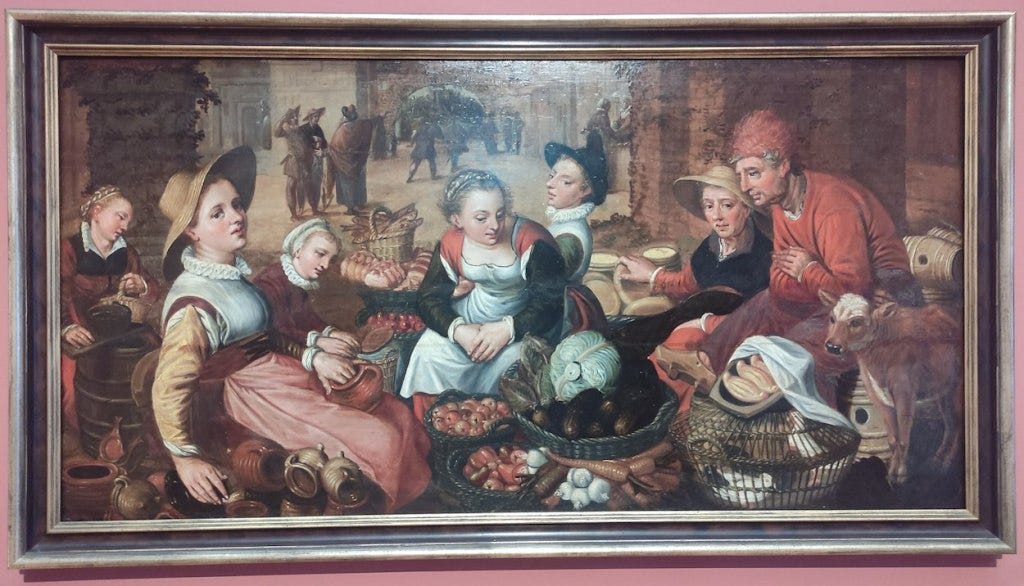
A lovely museum, big (one of the largest provincial museums in Germany, the entry hall info board says) but not too big and with lots of beautiful things to see.





